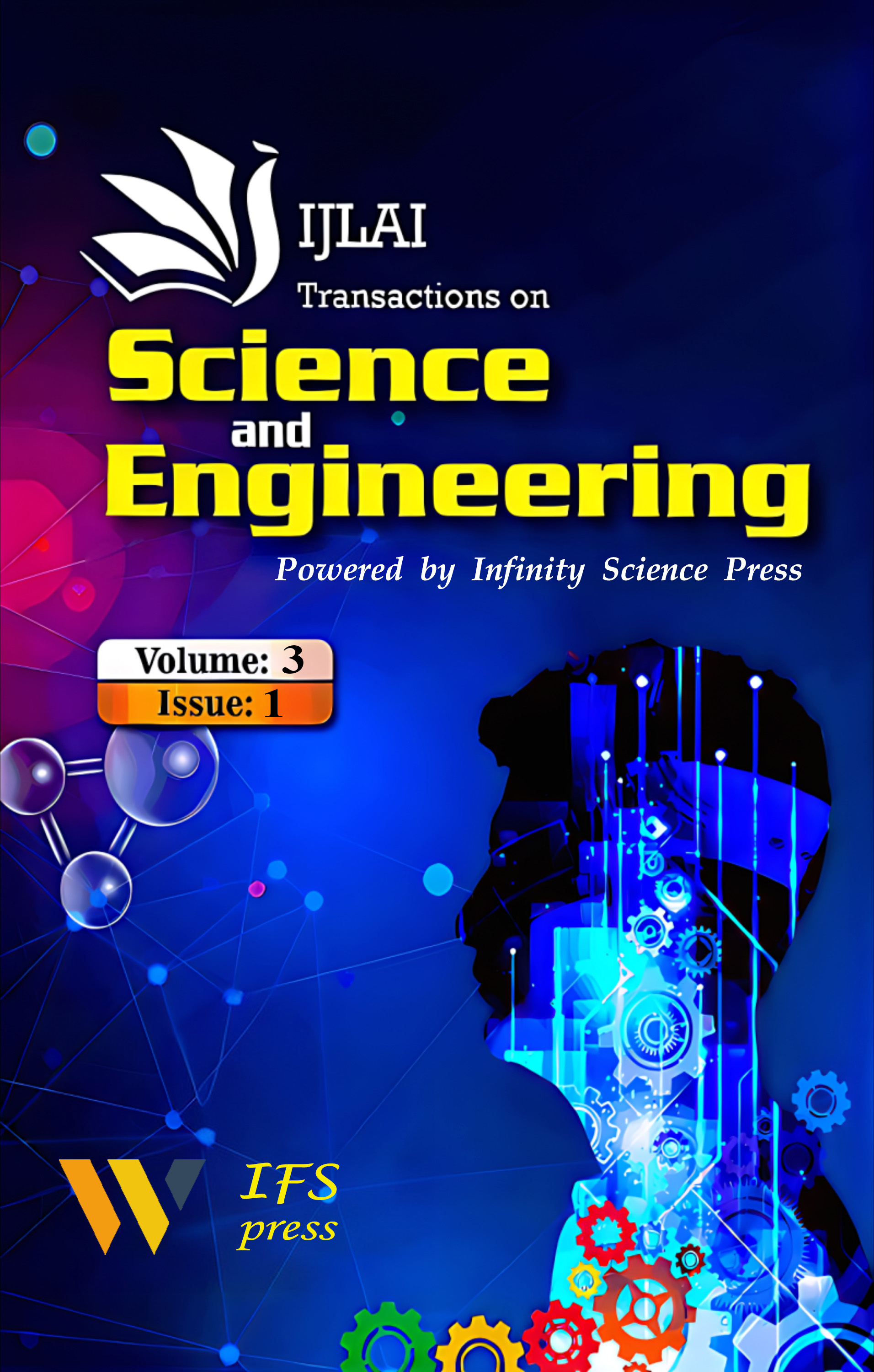Chinese-English Machine Translation Based on Generative Adversarial Network
Keywords:
Chinese-English machine translation, Generative adversarial network, Strategy gradient algorithm, Generator optimizationAbstract
Although Chinese-English machine translation is a resource-rich language pair, the problem of data sparsity still exists. For example, for the translation of some specific domains or low-frequency words, the amount of parallel corpus is limited, which makes it difficult to improve the translation quality of the model in these scenarios.
Neural machine translation models usually need a large amount of alignment data to train, otherwise they are prone to over-fitting. Neural machine translation models are slow to train and decode, especially when dealing with long sentences or complex structures, which limits their efficiency in real-time application scenarios. Chinese-English machine translation can help people overcome the language barrier and promote the communication and cooperation between people with different language backgrounds, which is of great significance for international business, academic exchanges and cultural exchanges. This paper proposes a Chinese-English neural machine translation model based on generative adversarial network. This model applies the generative adversarial network to neural machine translation, and further optimizes the adversarial learning based neural machine translation model by improving the monotone decoding sequence from left to right or from right to left in the original machine translation model. At the same time, unlike previous generative adversarial networks, neural machine translation models are actually a sequence of discrete symbols that map source language sentences to target language sentences, both in discontinuous spaces. In this case, the generative adversarial network fails to transmit the gradient properly, causing the generator to lose its update direction. By introducing the strategy gradient algorithm in reinforcement learning, the generator optimization problem in adversarial learning is solved, and the translation performance of the model is improved. Finally, experiments on public data sets show that the proposed model can effectively improve translation quality compared with other advanced models.






